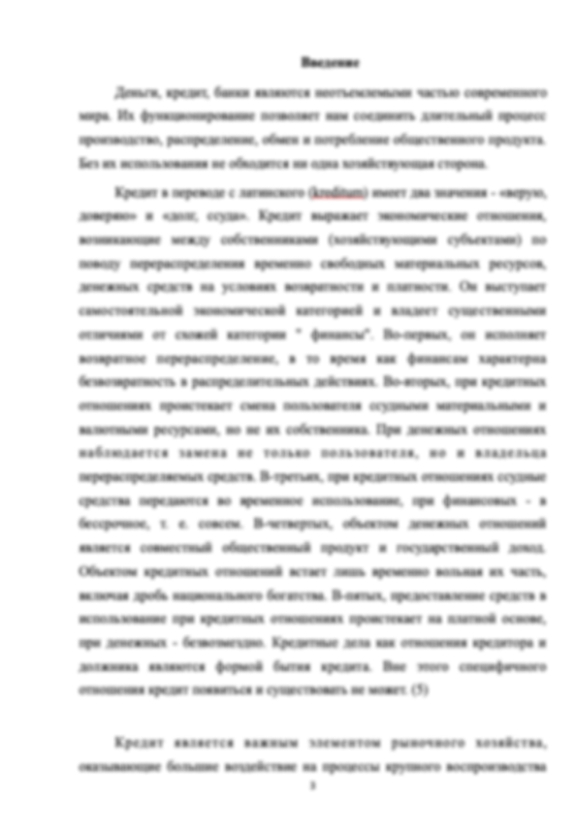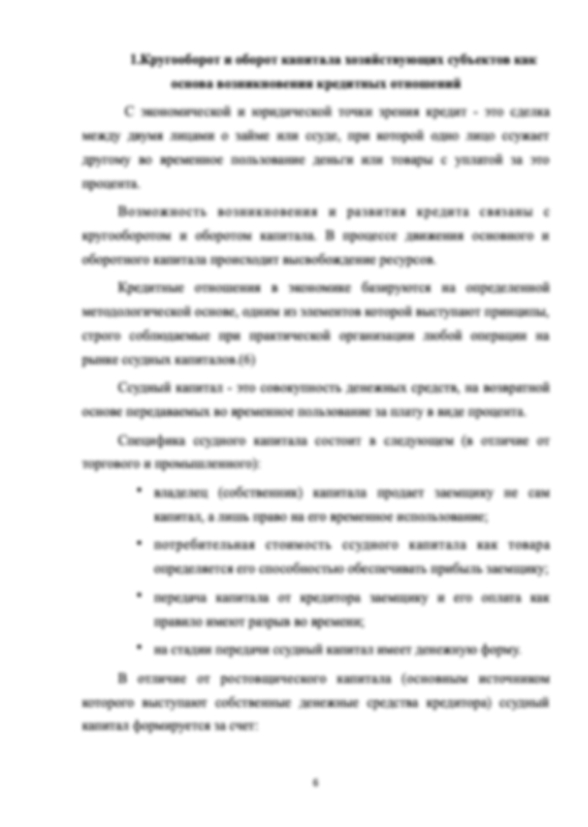В очередной раз спасибо!
Информация о работе
Подробнее о работе

Characteristics of pidgin and creole languages
- 16 страниц
- 2016 год
- 210 просмотров
- 0 покупок
Гарантия сервиса Автор24
Уникальность не ниже 50%
Фрагменты работ
CONTENTS
1. Introduction-----------------------------------------------------------3
2. Common characteristics-------------------------------------------------4
3. The terms ‘pidgin’ and ‘creole’----------------------------------------6
4. Theories of origin-----------------------------------------------------8
5. Developmental stages of pidgins/creoles-------------------------------11
6. Conclusion------------------------------------------------------------14
7. Bibliography----------------------------------------------------------15
2. Common characteristics
A pidgin is a restricted language which arises for the purposes of communication between two social groups of which one is in a more dominant position than the other. The less dominant group is the one which develops the pidgin. Historically, pidgins arose in colonial situations where the representatives of the particular colonial power, officials, tradesmen, sailors, etc., came in contact with natives. The latter developed a jargon when communicating with the former. This resulted in a language on the basis of the colonial language in question and the language or languages of the natives. Such a language was restricted in its range as it served a definite purpose, namely basic communication with the colonists. In the course of several generations such a reduced form of language can become more complex, especially if it develops into the mother tongue of a group of speakers. This latter stage is that of creolisation.
...
3. The terms ‘pidgin’ and ‘creole’
There are a number of views on the origin of the term pidgin, none of which has gained sole acceptance by the academic community.
1) Chinese corruption of the word business. As the word is used for any action or occupation (cf. joss-pidgin ‘religion’ and chow-chow-pidgin ‘cooking') it should not be surprising that it be used for a language variety which arose for trading purposes.
2) Portuguese ocupaçao meaning ‘trade, job, occupation’. This suggestion is interesting as the Portuguese were among the first traders to travel to the third world and influence natives with their language. Phonetically the shift from the original word to a form /pidgin/ is difficult to explain.
3) A form from the South American language Yayo ‘-pidian’ meaning ‘people’ (claim put forward by Kleinecke, 1959). This form occurs in tribal names like ‘Mapidian’, ‘Tarapidian’, etc. This claim rests on a single occurrence of the word ‘Pidians’ in a text from 1606.
...
4. Theories of origin
There are various theories about the origin of pidgins which have been proposed in the last hundred years or so. These can be presented as a basic group of five theories which show a degree of overlap; note that a mixture of origins is also a possibility which should also be considered.
...
5. Developmental stages of pidgins/creoles
Social situation
Linguistic correlate
1)
Marginal contact
Restricted pidgin
2)
Nativisation
Extended pidgin
3)
Mother tongue development
Creole
4)
Movement towards standard language (not necessarily input language)
Decreolisation
Pidgins are generally characterized as restricted and extended. In the life-cycle of pidgins one can note that they start off as restricted language varieties used in marginal contact situations for minimal trading purposes. From this original modest outset a pidgin may, assuming that there are social reasons for it to do so, develop into an extended type. The latter is characterized by the extension of the social functions of a pidgin. One very frequent scenario in the later development of a pidgin is where it is used as a means of communication not just among black and white speakers but among native speakers themselves who however have very different native languages.
...
6. Conclusion
At the beginning of this paper, I posed a series of questions which I intended to answer throughout the course of my discussion, relating to varying attempts to characterise pidgin and creole languages. I referred to the structural similarities between divergent pidgin and creole languages and wondered if such similarities were unique to creole languages or even genuinely shared. I referred briefly to theories of origin and wondered whether structural processes could really be responsible for the emergence of pidgin and creole languages or was it more likely that these languages were no more abnormal than the English spoken in Ireland or North America? It would appear that any reply to these questions is determined by whether or not one is convinced by those superstratist arguments outlined against creolisation as nativisation.
...
Bibliography
1. Aitchison, J. (2001). Language Change: Process or Decay? (3rd edition). Cambridge University Press.
2. McMahon, A. M. S. (1994). Understanding Language Change. Cambridge University Press.
3. Goilo, E. (1972). Papiamentu Textbook. Aruba: de Wit Stores N.V.
4. Hall, R. A. (1966). Pidgin and Creole Languages. Ithaca: Cornell University Press.
5. Holm, J. (1980). Pidgins and Creoles Volume 1 Theory and Structure. Cambridge Language Surveys.
6. Holm, J. (2004). Languages in Contact The Partial Restructuring of Vernaculars. Cambridge University Press.
7. Klein, W Perdue, C. (1997). The Basic Variety (or: Couldn’t natural languages be much simpler?). Second Language Research, 13(4), 301–347.
Форма заказа новой работы
Не подошла эта работа?
Закажи новую работу, сделанную по твоим требованиям


